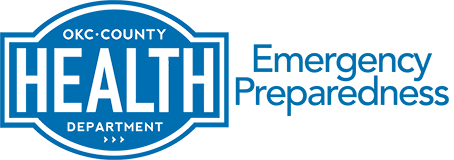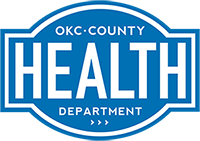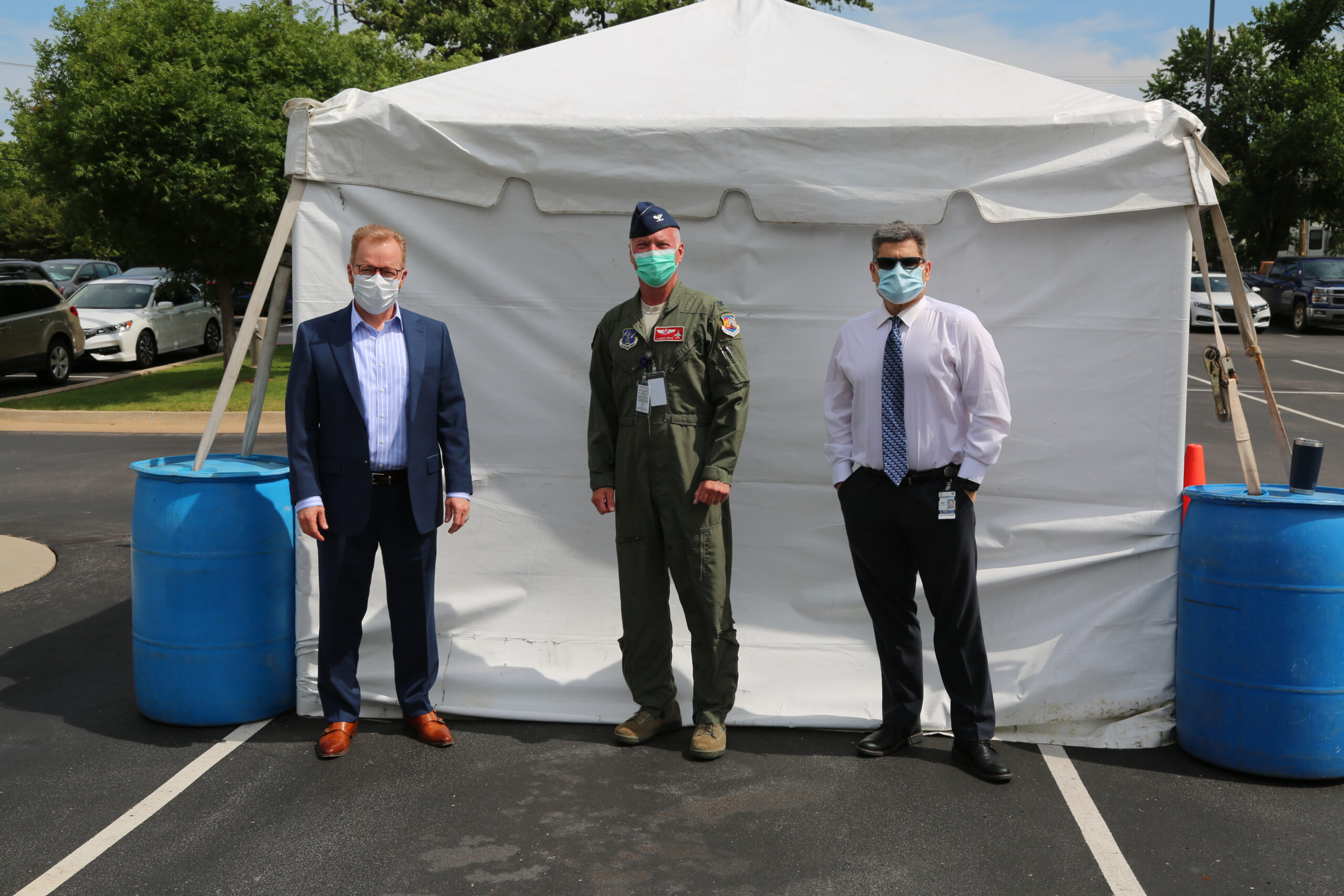Push Partners
Preparedness For Partners
Tornadoes…
Fires…
Floods…
Individuals can Get Involved by joining Oklahoma’s Medical Reserve Corp, but neighborhood businesses can also help through the Cities Readiness Initiative (CRI). This is a program that allows businesses and other local organizations to assist Public Health Officials in preparing and responding to potentially serious, even catastrophic, communicable disease threats to the community.
The CRI was developed by the federal government following the anthrax attacks through the U.S. mail in 2001. Though these attacks were limited, experts say that a larger-scale aerial attack could be possible, spreading infectious anthrax spores and threatening the health of an entire metropolitan area. With this worst-case scenario in mind, the CRI has established the goal of delivering antibiotics to the entire population of Oklahoma County and other major metropolitan regions within 48 hours.
OCCHD has been tasked with developing procedures for the distribution and will be aided by state and federal resources should an attack occur. In particular, a huge supply of pharmaceuticals would be made available through the Strategic National Stockpile program to ensure that enough medication could be mobilized rapidly and delivered to wherever it is needed. Even though the CRI program is based on a theoretical attack using anthrax, its principles can be applied to other public health threats for which an identified “countermeasure” (usually an antibiotic or a vaccine) is available and could be delivered in this manner.
To meet the CRI program objectives, OCCHD will need the help of many community partners. The primary method for mass medication delivery is called the “Pull Model”. The “pull” dispensing strategy involves opening Point of Dispensing (POD) sites to “pull” the general public to antibiotic dispensing locations. Pre-identified PODs will be located throughout the county and will be operated by OCCHD staff and volunteers. Medications (i.e., antibiotics, vaccine) will be free to the public.
The operation of a large number of POD sites would require many more resources than are currently available. This is where outside partners come in. The concept of the “Push Partner” approach is to take advantage of businesses and other organizational settings to receive medication from Public Health authorities and distribute it to employees, employee family members and other clientele to reduce the number of general public that need to use the Pull method. Again, medication is provided free to these organizations. As you can see, both the pull and push strategies will be used simultaneously to rapidly dispense medication throughout the county.
WHAT DOES YOUR ORGANIZATION GAIN BY BECOMING A PUSH PARTNER?
• Helps OCCHD serve more people in less time, thereby reducing morbidity and mortality associated with bioterrorism events.
• Provides a valuable and appreciated service to your employees and their family members.
• Added assurance that your employees will come to work instead of going to a POD, thus improving your continuity of operations.
The most frequently asked questions about this program center on liability issues. Keep in mind that the CRI program is intended only for catastrophic events that threaten the health of the entire community. Under ordinary circumstances, there are many legal requirements involved in the prescribing and dispensing of antibiotics and other medications. If the Push Partner plan goes into effect, there would be a declaration of a Health Emergency, and this would lead to the temporary waiver of certain medical practice laws and pharmacy regulations. Even though these rules exist to safeguard patients under normal circumstances, the rationale for waiving them is to make speed of medication distribution the top priority.
In other words, health officials will have determined that the need to get lifesaving medication to people at risk will outweigh the small potential for adverse reactions that might have been avoided under ordinary safeguards.
Public Health authorities recognize that businesses and other participating Push Partners may incur some corporate risk by participating in this program. However, many organizational leaders also feel that they have an obligation to plan and prepare to protect their employees and clients. We hope this information is helpful to you in deciding to become an OCCHD Push Partner.
HELPFUL LINKS:
• NAPH Form (Español)
• Instructions for filling the NAPH Form (Español) (Tiếng Việt)
• Push Partner Brochure
• Sheltered In Populations (SIP) Brochure
• SIP/Push Partner Login


